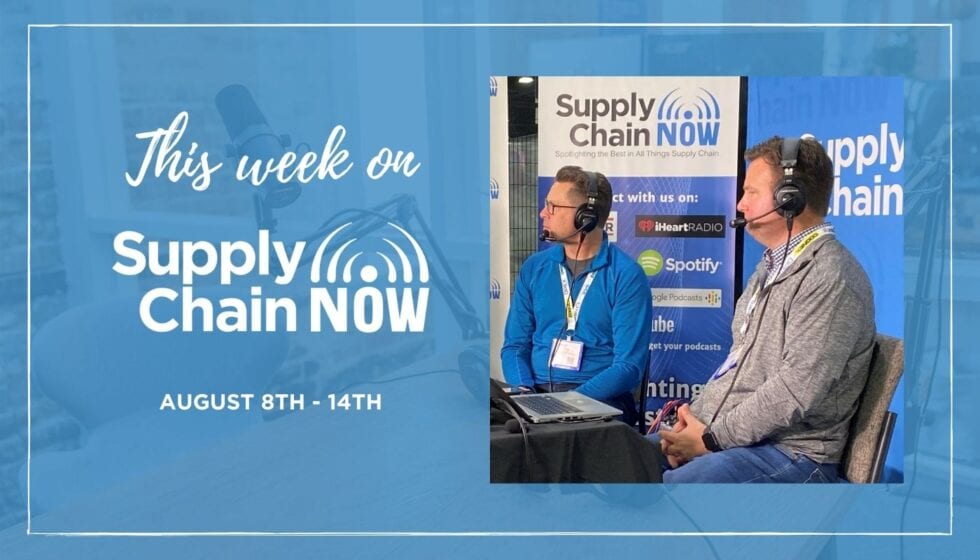
More

August 14, 2020
This Week on Supply Chain Now: August 8th – 14th
Another BIG week at Supply Chain Now! If you missed an episode, get a quick summary and listen here! We published a great Logistics with Purpose episode on Saturday the 8th, featuring Shane Buerster with Z Beans Coffee. Supply Chain Now · “Logistics with Purpose: Shane Buerster with Z Beans Coffee” On Monday, Scott and Greg spoke with Keith Saunders, Vice President of Direct Materials and Sourced Finished Goods at Zep Inc. Supply Chain Now · “Supply Chain Front & Center: Keith Saunders with Zep Inc.” Stephanie Thum talked about relentlessly focusing on the customer on the podcast on Tuesday with Scott and Greg. Supply Chain Now · “Relentlessly Focused on the Customer: Stephanie Thum with Practical CX” On Wednesday, we published this week’s Supply Chain Buzz, which featured an excellent interview with Andrew Kelley, the CCO of Boxlock. Supply Chain Now · “The Supply Chain Buzz for August 10th with Featured Guest Andrew Kelley from BoxLock” On Thursday, we shared another great episode in the TECHquila Sunrise series with Greg White, where Greg shares the latest investments, acquisitions, innovations, and glorious implosions in Supply Chain Tech every week.…

supply chain
November 15, 2024
Big Ideas: What’s on the Horizon for Supply Chain 2025?
Change is certainly going to come, and a number of developments are expected to impact the supply chain in 2025. That includes the increased adoption of artificial intelligence (AI) and robotics, investment growth in renewable energy, and momentum gains for nearshoring. No matter what happens in 2025, Supply Chain Now will be there every day to serve as the voice of the industry and keep supply chain podcast listeners informed about the big ideas as well as the little changes that could make a big impact. Ongoing Disruptions Are Set to Impact Industry The question isn’t whether there will be supply chain disruptions in 2025. It’s a matter of when, where, and the cause of the disruption. The International Longshoremen’s Association could go on strike again in January if a contract agreement is not reached. The Houthi could stage more attacks on containerships in the Red Sea at any time. And weather-related disasters could range from deadly ice storms to floods to hurricanes anywhere in the country. “Looking ahead to 2025, we can predict some major shifts and challenges for supply chains. Right now, businesses around the world are facing increasing pressure to adapt to new technologies, environmental impacts, and…
